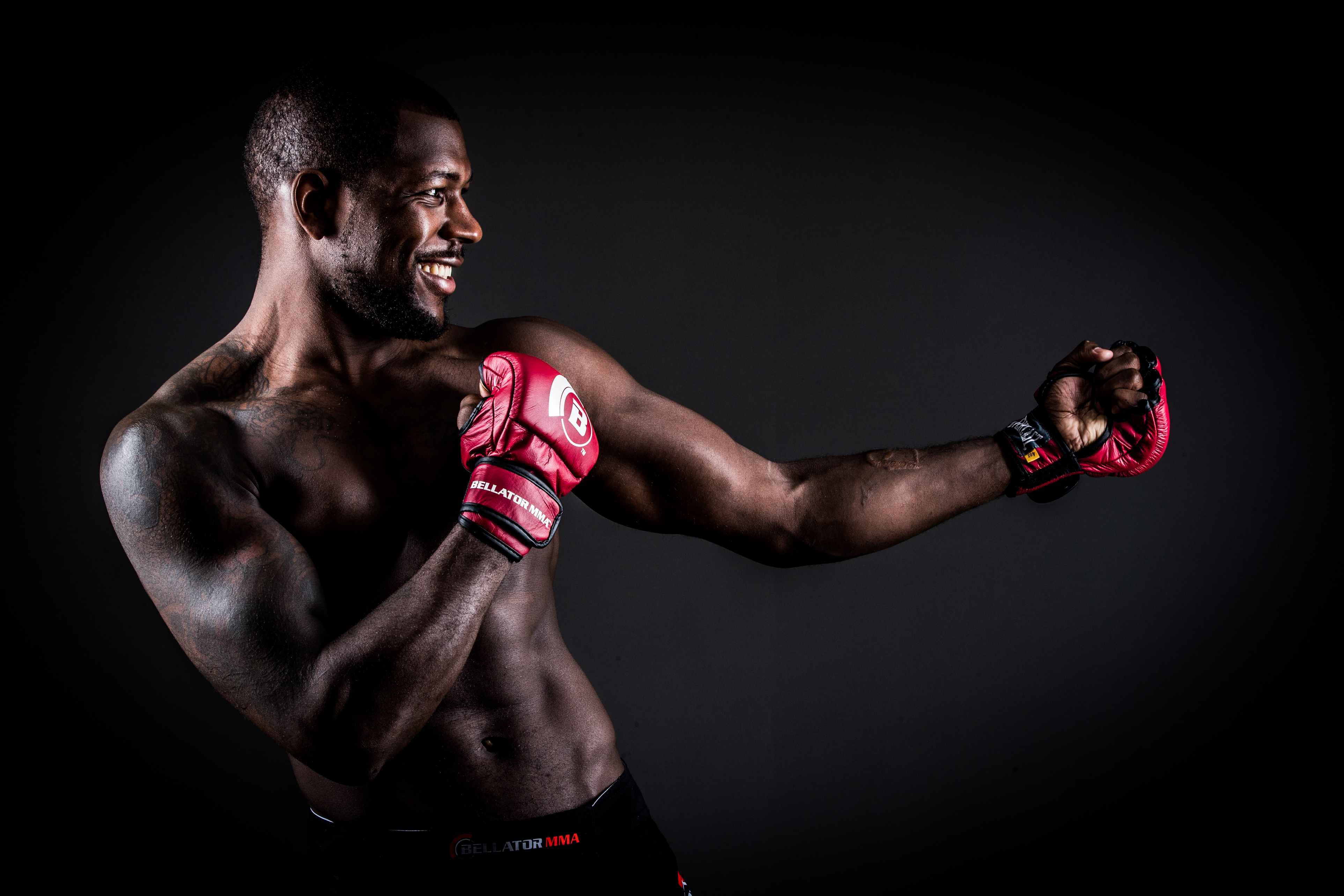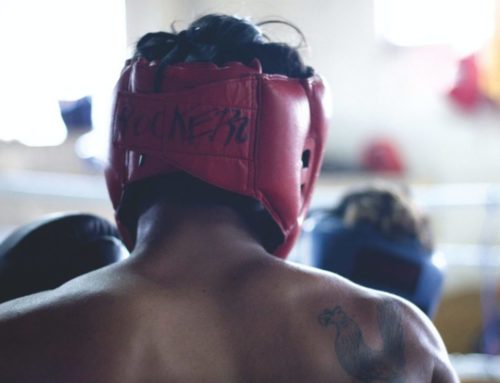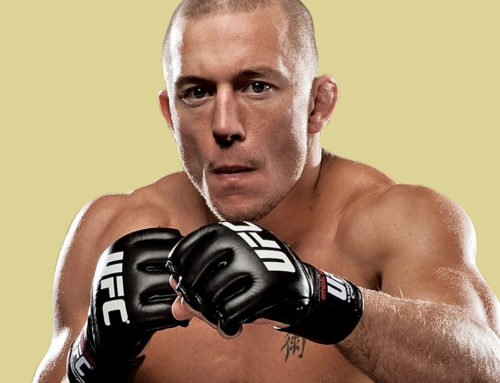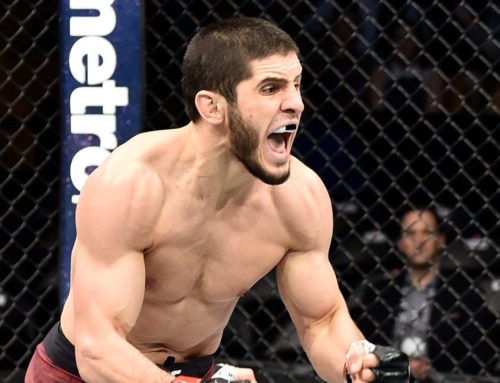Bellator’s Ed Ruth has adapted his pure grappling skills to become a well-rounded in mixed martial artist. FO’s Tony Reid spoke to the three-time NCAA wrestling champion from Penn State to find out how…
What does your standup training look like?
I spend a lot of time shadow boxing; moving around with guys in front of me, including some light sparring. I am working a lot on angles, spend a lot of time doing conditioning and run on the treadmill. After practice, I’ll shadow box or shadow wrestle-off by myself. As far as standup goes, I do a lot of moving around. I have never been a fan of heavy sparring – you are just really putting yourself in a situation to get hurt. It’s hard. You shorten up your career and I can do light sparring any day of the week. I do that twice as much during a fight camp than a regular week.
Wrestling aside, how is the rest of your ground game starting to develop and evolve?
The great thing about jiu-jitsu is you can go as light or as hard as you want. I usually try to do that two or three days a week, as it’s just a matter of being out there on the mats and doing it. The more you get down there, the more comfortable you will feel in every position you are exposed to.
Do you dedicate much of your training time to pure wrestling?
I am still in the wrestling room. If I can grab a guy after practice, we just mess around and wrestle. If I see a smaller guy, I jump on him and wrestle around to see if they can find a way to wriggle out.
How easy is it to return to that single discipline after spending time integrating it into MMA?
I have been doing it for so long. For me, to recall any type of muscle memory for any sport I have been doing just becomes easy to do after that point. Even if my conditioning is not there, experience takes over after a while. Once you do something so many times it becomes second nature.
Do you put MMA on hold when you are training for high-level wrestling competition, and vice versa?
I try not to stray too far from any of my training. Everybody thinks you have to go full tilt the whole time during training camp, but a lot of the time – and I hate to say it – it’s just going through the motions. You just have to go through the motions enough times that it becomes second nature. A lot of times when I’m training for a big fight or a big wrestling match, I would do a lot of cross-training. I wouldn’t focus solely on one discipline. I will mix whatever in I can to make that discipline better. For wrestling,
I did a lot of boxing, which helped a lot with my footwork. I started cross training like that and it added to how diverse I can become.
How often do you get out of your comfort zone and test yourself?
I have always been a big connoisseur of that. I always like being out of my comfort zone. I have been going around sparring in boxing. I have been jumping into jiu-jitsu tournaments. I want to find out where I sit on the totem pole when it comes to level of skill. I still want to continue to do that and I will intertwine that competition with actual fight camps.
What does your weight and strength training regimen look like?
I do a lot of strength training. I do push-ups and sit-ups, and I will do anything that is a natural range of motion for my body. I try to hit the weights, but I try not put on so much bulk. When I first started out I had to slim down because going into a cage with a wrestler’s body you find out that you get tired really quickly. You will find that there are some muscles that you don’t need. Having a lot of bulk will just weigh you down when you are going for singles and things like that. I have been trying to focus more on the conditioning aspect of it. As far as weightlifting goes, I try to do curls or other exercises but do lower weight and higher reps. I want that explosiveness in my muscles, and I want them to be lean and conditioned. You can punch and be as strong as hell, but if you can’t hit anything, you will get tired really quick. All that power you’ve worked really hard to achieve just goes straight out the window.
This article first appeared in the January edition of Fighters Only. Sign up for a free digital subscription by filling in the form on this page.






